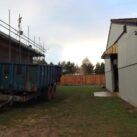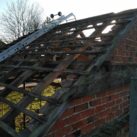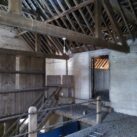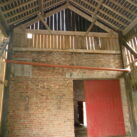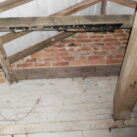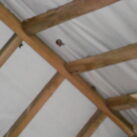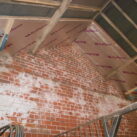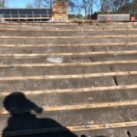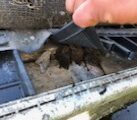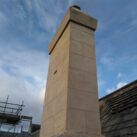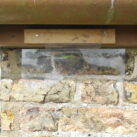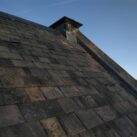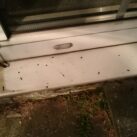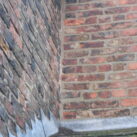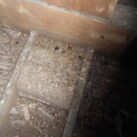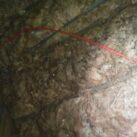There are 18 bat species in the UK of which 17 are breeding in our isles. Seven of these species are on the UK Biodiversity Action Plan (BAP) list and these species vary accordingly to the Local BAP. Each bat species have different habitat preferences although some do overlap. Like humans, bats need a source of water, food (insects) and shelter (roost). Bats will forage in such habitats as woodland, woodland edges, hedgerows, scrub, gardens, rivers and waterbodies to name a few. Their roosts can vary throughout the year but are typically; buildings, trees, caves, tunnels, bridges and mines. Bats always make use of their surroundings and can be found in rural and urban environments.
All bats and their roosts (no matter whether bats are present or not) are protected under the following UK and European legislation:
- Wildlife & Countryside Act (as Amended) 1981: Schedule 5
- The Conservation of Habitats and Species (Amendment) (EU Exit) Regulations 2019: Schedule 2
To summarise, you would be breaking the law by;
- deliberately capture, injure or kill bats
- damage or destroy a breeding or resting place
- obstruct access to their resting or sheltering places
- possess, sell, control or transport live or dead bats, or parts of them
- intentionally or recklessly disturb a bat while it’s in a structure or place of shelter or protection
If the key indicators are triggered then you will need an emergence/return survey known as a presence/absence survey. This will involve at least three visits to your site to determine if you have a roost present. If a roost is present a mitigation programme will be included in your report. If bats are known to be present at the project site and the development work would disturb/destroy the roost then a Natural England Development License will need to be applied for. This can take around six weeks to process but does not change your planning application because it’s your mitigation programme that determines your application. To keep your costs down to a minimum it is important that you, the developer look to have all your necessary paperwork in order to co-inside with bat survey times (Please see our Ecological survey calendar).
Survey Methods;
Preliminary Roost Assessment
The purpose of this assessment is to carry out a detailed inspection of the building both internally and externally and to look for features that bats could use to enter and exit the building, roosting potential and any signs that bats inhabit the building.
Presence/Absence Survey
This survey involves visiting the site at dawn and dusk to monitor (using a bat detector) bat activity in and around the building/s; to identify the species, numbers, access points and roost location. The aims and objectives of the survey are to determine the presence/absence of bats at the time of the surveys and the data collected to recommend further surveys and or mitigation.
Transect/activity surveys
Involves following a transect route to record bat movements within the project site to evaluate if your proposed development may impact bat flight paths.
Bat call/sonogram analysis
Analysing bat echolocation to determine species.
Further information;
https://www.gov.uk/bats-surveys-and-mitigation-for-development-projects
Downloads;
Ecological Survey Calendar – Download Here
Mitigation Calendar – Download Here



